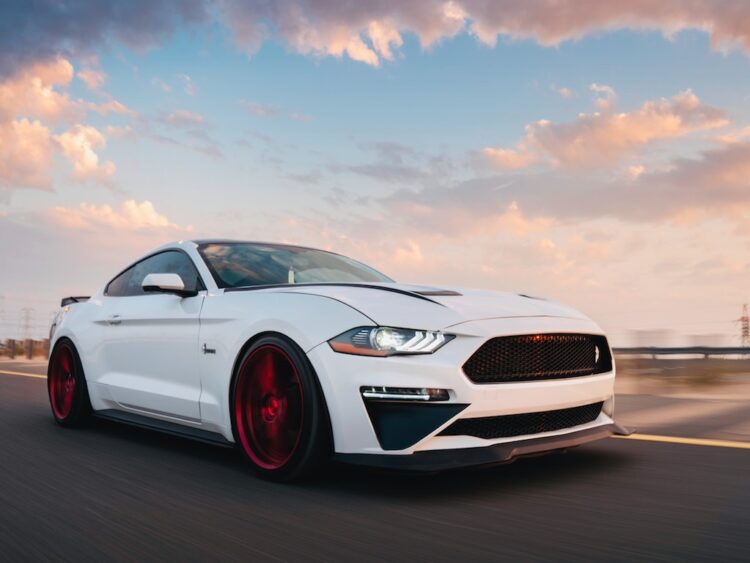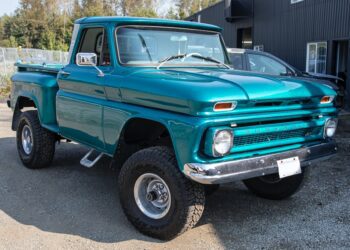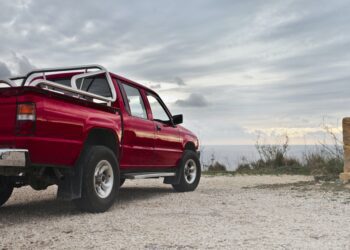No Result
View All Result
Over the past few years, hybrid cars have become increasingly popular as an alternative to fully electric cars. Many people think hybrid cars are the future but aren’t really sure what they are or how they function. Let’s look at the concept of hybrid cars and how they work.
What Is a Hybrid?
A hybrid uses both a gasoline engine and an electric motor to get the benefits of each system. Many modern hybrid cars can be recharged by driving and braking, eliminating the need to plug them into a wall outlet. This quells range anxiety— the fear that your vehicle will run out of power before you reach your destination. People whose lifestyles prevent them from owning an all-electric vehicle may find hybrids a much better solution.
Hybrid drivetrains can be built using a variety of different methods. The most common type is called the parallel hybrid system.
How Do Parallel Hybrid Cars Work?
The first popular design for a hybrid car was the parallel hybrid, which was used in Honda’s original Insight model. In a parallel hybrid system, an internal combustion engine and an electric motor are linked by a common differential. At the differential, power is distributed from two propulsion units of the system to the drive wheels in the required configuration needed by the car at that moment.
What configurations are really needed? There are four primary modes. First, when driven in pure electric mode, the engine can be disengaged from the common differential using a clutch. This allows the electric motor to propel the car. You can completely shut down the engine in this configuration, so the car will drive like a fully electric vehicle.
You can turn the engine back on. Here, the clutch is still engaged with the electric motor, so the power of both the engine and the electric system is used to drive the wheels. This is particularly useful while driving up a hill, merging onto a highway, or in any situation where torque is necessary.
While the engine continues to run, the engine can spin the electric motor. Here, the engine drives the car and simultaneously behaves like a generator. This is how the batteries can be charged without stopping the car or plugging it in. In this configuration, the car works like a conventional gas-powered one.
The final configuration is when the wheels are locked to the motor, the car is decelerating, and no power is being produced by either propulsion system. Since the motor uses the wheels’ rotational force to recharge the battery, the car slows down faster. This process is called regenerative braking.
No Result
View All Result





